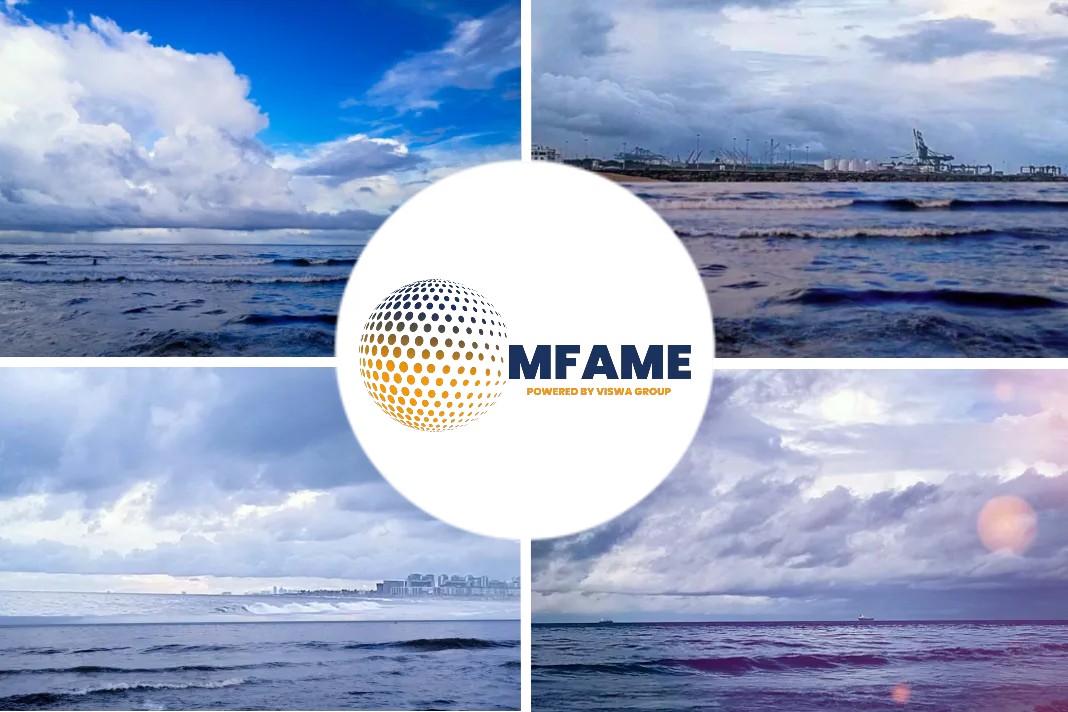Highlights
- Indian Oil Corp is set to produce compliance fuel
- Marine Gasoil production remains open
- Tests for 0.5% sulfur compliant grades positive
- Too early to lock in commercial contracts
In a Platts interview, IOC Chairman Sanjiv Singh shared that they are inches closer to start producing IMO-compliant fuel oil.
All set to supply compliant fuel
State-owned Indian Oil Corp will start producing 0.5% sulfur compliant fuel oil in September 2019, months ahead of the International Maritime Organization’s global sulfur limit rule for marine fuels, but will keep its options open to produce marine gasoil, IOC company officials said.
The IMO will cap global sulfur content in marine fuels at 0.5% starting January 1, 2020, from 3.5% currently. This applies outside the designated emission control areas where the limit is already 0.1%.Shipowners will have to switch to more expensive cleaner fuels or use HSFO with scrubbers to comply with this rule.
Can the demands be met?
“We are looking at low-sulfur bunker fuel oil. We feel that’s where the premium would be and that’s what will be good for many vessel owners,” a senior IOC official said. “Demand as we see, is for RMG 380. We will be in a position to offer RMG 380 but 180 can also be given. We will see how the market goes … We will be capable of supplying both,” the official added.
The bunker fuel specification details from IOC senior officials come a few weeks after IOC Chairman Sanjiv Singh told S&P Global Platts in an exclusive interview that it was gearing up to start producing fuels to meet IMO 2020 specifications. IOC aimed to supply more than 1 million mt/year of the cleaner fuel from its Haldia refinery on the eastern coast and the Gujarat refinery on the western coast, Singh said earlier this month.
This is significant because shipowners and operators are mulling different options to comply with the rule and are looking for more clarity regarding the availability of different fuels worldwide from 2020.Saying that demand was expected to be about 1 million mt initially, he said: “We should be able to meet that demand. The idea is to cater to both domestic and overseas ships across India’s coastline.”
Test results Positive
IOC had already carried out detailed tests, to advance the production of bunker fuels compliant with IMO’s 2020 rule, he said. “We first did tests at the laboratory stage. It was fine. Then we have done tests at the R&D pilot stage — it is giving the right results,” he said, adding that the catalytic fine content of the compliant fuels will meet the level set out in ISO 8217:2017.
No commercial contracts yet
“We will be able to start supplying commercially after September 2019. The flushing of the system takes time. Some of the existing tanks will be utilized,” he said.However, IOC had not started locking in any commercial contracts, he added.In the long run, IOC did not rule out supplying MGO.
“It’s definitely a long-term opportunity and we are getting ready for that. But for now, the focus product is IMO-compliant fuel oil,” the IOC official said, adding that MGO’s attractiveness as a bunker fuel option for shipowners was somewhat tempered by its high cost.
Opportunity with Changing demands
Analysts said that the IMO deadline would provide an opportunity to Indian refiners since they had the flexibility to tweak production.
“Indian refiners are well-placed to benefit from the bunker spec change with their high level of coking and hydrocracking capacity relative to installed primary distillation capacity, which would allow them to produce more gasoil and diesel,” Lim Jit Yang, director of Asia-Pacific oil market analysis at S&P Global Analytics, said.
Inevitable Multi-fuel to favour refiners
In the last few months, a number of global oil and gas majors have offered clarity over how they are readying for IMO 2020 as the industry faces a multi-fuel future. In October, ExxonMobil announced that all its IMO 2020 0.5% sulfur bunker fuels developed to date were residual grades.
The specifications will range from RMD 80 to RMG 380, with a density of between 900 and 970 at 15 degrees Celsius, it said at the time.In the same month, Shell said it was conducting trials of its new 0.5% sulfur fuels with customers in Rotterdam, Singapore and New Orleans.
“There is also a huge opportunity coming our way — for all refiners for that matter — when the IMO regulations set in. How do we make sure that we have the right set of crude, the right set of products? Addressing that will become the core,” B. Anand, CEO of Nayara Energy, said earlier in an interview.
Did you subscribe for our daily newsletter?
It’s Free! Click here to Subscribe!
Source: Platts






















